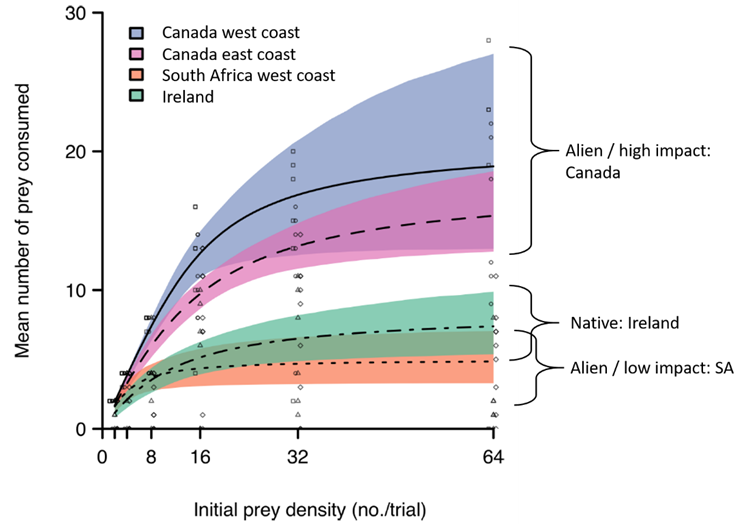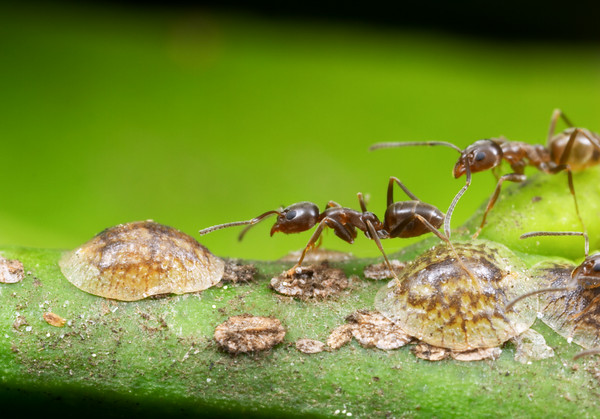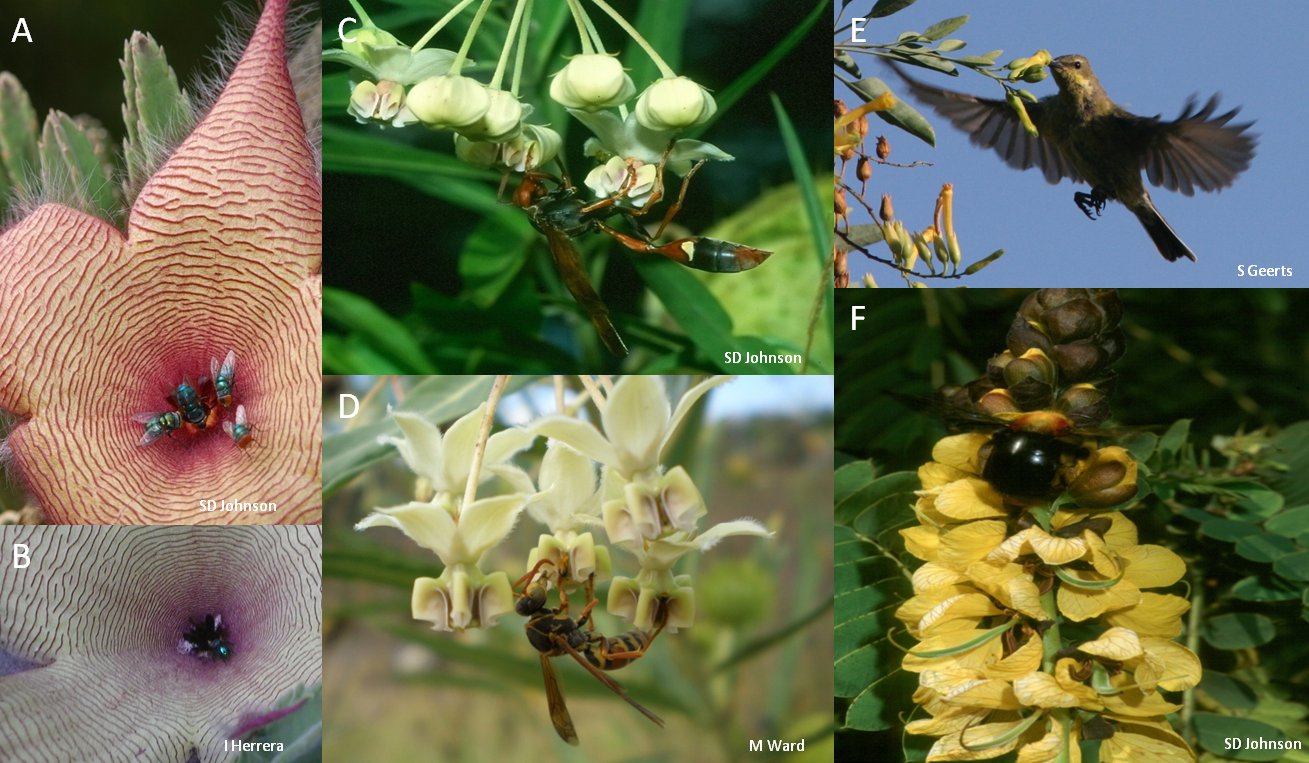What can we learn about predicting impacts of alien predators from a globally invasive crab?
Because resources for addressing environmental problems are limited, it has been suggested that management should focus on those species that have the highest impacts in their new environments. Comparing the ability of alien and native species to utilize resources has been shown to offer a sound approach for identifying alien species with high impacts.




